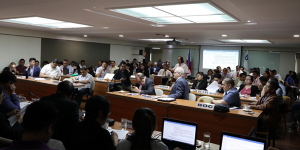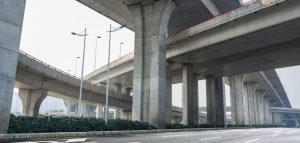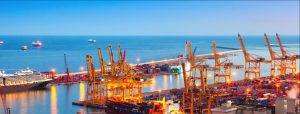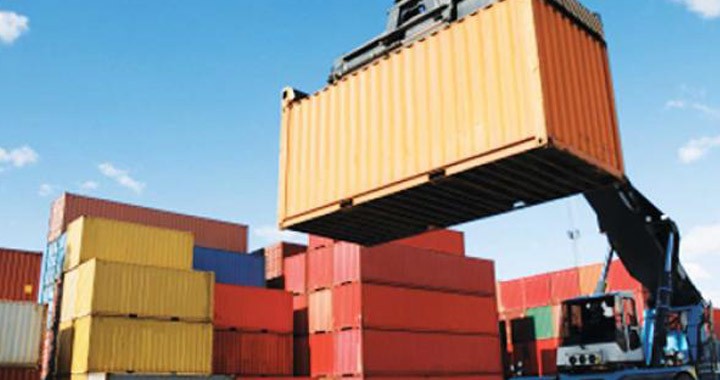 In a recent pronouncement, DTI Secretary Ramon Lopez stated that the Departments of Trade and Industry, Transportation and Finance will issue the Joint Administrative Order (JAO) that will regulate local charges imposed by international shipping lines.
In a recent pronouncement, DTI Secretary Ramon Lopez stated that the Departments of Trade and Industry, Transportation and Finance will issue the Joint Administrative Order (JAO) that will regulate local charges imposed by international shipping lines.
The draft JAO was already signed by the Trade Secretary and still need to be co-signed by the Secretaries of Finance and Transportation.
While the JAO is still to be signed, the Bureau of Customs (BOC) and Philippine Ports Authority (PPA) has already issued orders resulting to normalizing utilization rate of container depots in Manila ports back to 70%.
Specifically, the BOC issued Customs Memorandum Order 13-2019 in February which “disallowed brokers, importers, truckers and other port stakeholders to return empty containers within the premises of Manila International Container Port (MICP) and Port of Manila (POM) beginning February, until further notice”.
On the other hand, the PPA issued a directive stating “all importers, consignees, owners, and shippers of containers already cleared by BOC are notified to withdraw said containers within fifteen (15) days and shall be compelled to transfer these containers to a designated port or inland container depot at their cost”.
Hence, this facilitated the transfer of overstaying containers to Batangas and Subic Ports with the cooperation of the port operators.
International Shipping Lines, for their part, are being required to promptly evacuate empty containers from the Manila ports within the prescribed period given by BOC, either by regular ship calls or sweeper vessels.
Secretary Lopez also assured the government is addressing the infrastructure needs of the country with its aggressive infrastructure program. MJAA

 The Department of Tourism recognizes the importance of developing domestic airports in improving competitiveness and enhancing sustainable growth both in tourism and trade. It is also highlighted that the airports are not just gateways but more of economic growth drivers. This objective is included in the National Tourism Development Plan (NTDP).
The Department of Tourism recognizes the importance of developing domestic airports in improving competitiveness and enhancing sustainable growth both in tourism and trade. It is also highlighted that the airports are not just gateways but more of economic growth drivers. This objective is included in the National Tourism Development Plan (NTDP).
 Department of Trade and Industry (DTI), Department of Transportation (DOTr), and Department of Finance (DOF) jointly presented the draft Joint Administrative Order (JAO) to concerned stakeholders. This aims to regulate the local charges imposed by international shipping lines and provide measures to address port congestion.
Department of Trade and Industry (DTI), Department of Transportation (DOTr), and Department of Finance (DOF) jointly presented the draft Joint Administrative Order (JAO) to concerned stakeholders. This aims to regulate the local charges imposed by international shipping lines and provide measures to address port congestion.

 House Bill (HB) No. 8005 seeks to separate the regulatory and commercial functions of the Philippine Ports Authority (PPA) and create a new port agency called Philippine Ports Corporation (PHILPORTS) will focus on developing, managing, and operating public ports.
House Bill (HB) No. 8005 seeks to separate the regulatory and commercial functions of the Philippine Ports Authority (PPA) and create a new port agency called Philippine Ports Corporation (PHILPORTS) will focus on developing, managing, and operating public ports. The Philippine Ports Authority (PPA) issued Memorandum Circular (MC) No. 07-2018 that approves the 7% increase of cargo handling tariff for international containerized and non-containerized cargoes at the two international terminals in Manila. The new rate takes effect on June 5, 2018.
The Philippine Ports Authority (PPA) issued Memorandum Circular (MC) No. 07-2018 that approves the 7% increase of cargo handling tariff for international containerized and non-containerized cargoes at the two international terminals in Manila. The new rate takes effect on June 5, 2018.